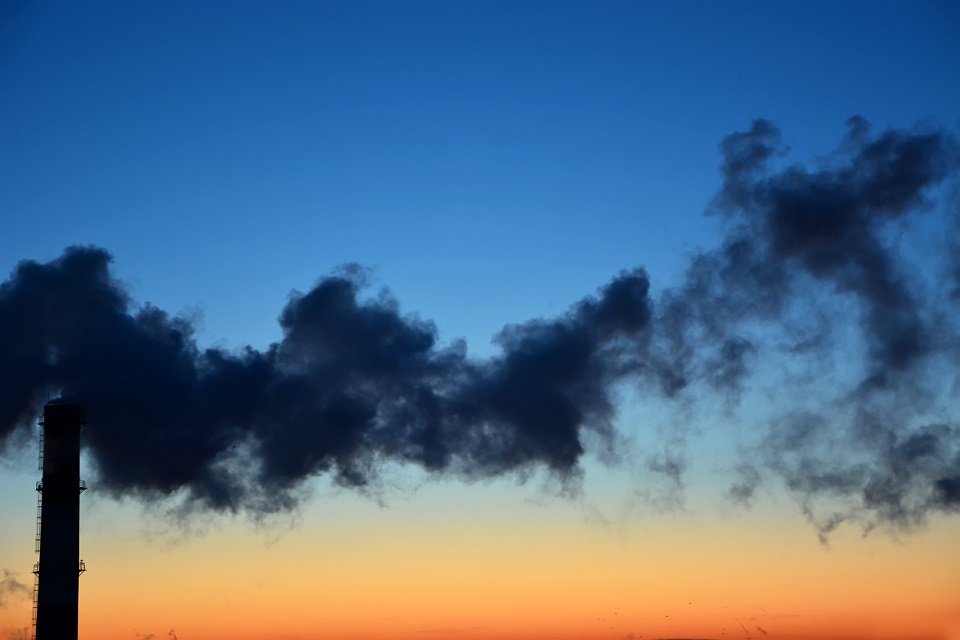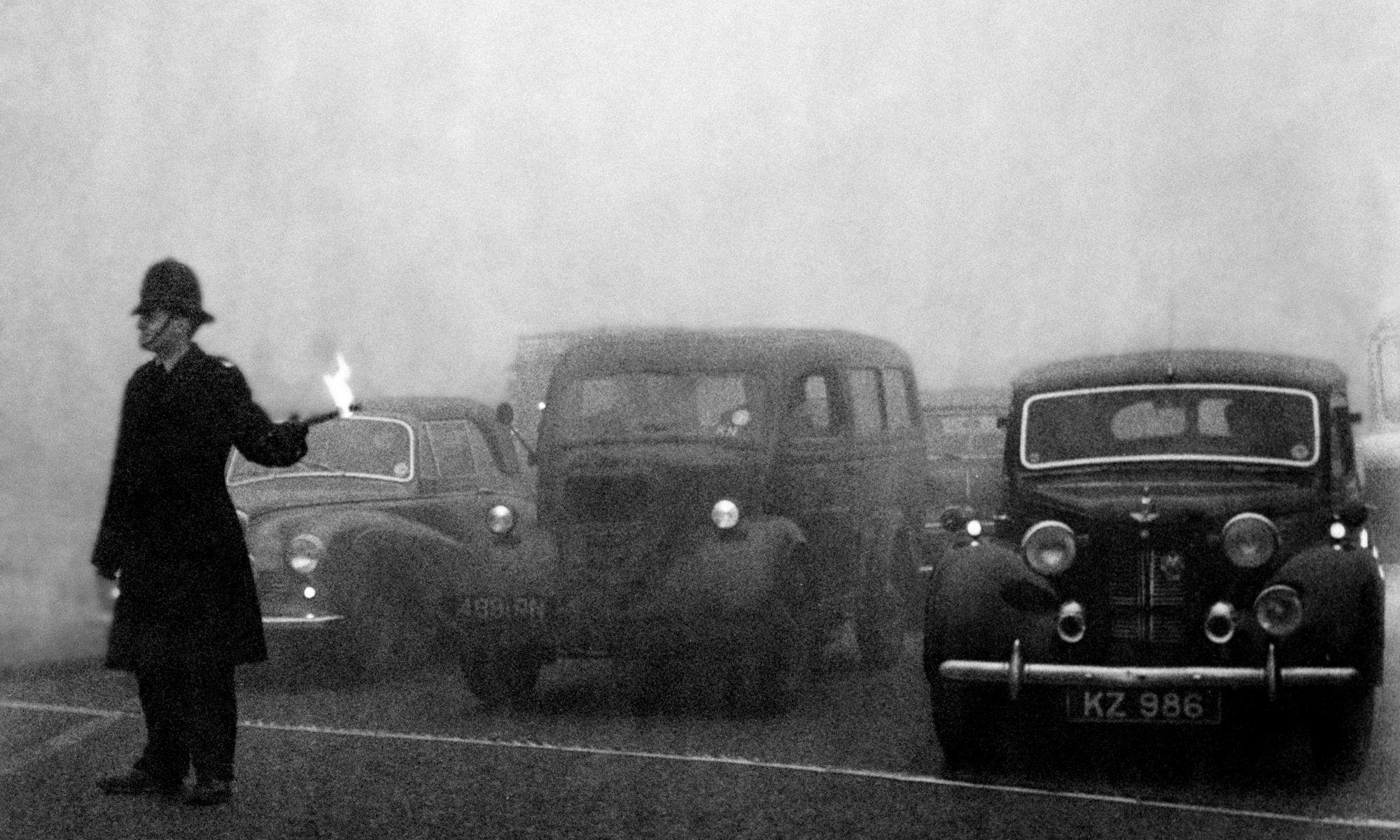“Ecodesign” wood burning stoves produce 450 times more toxic air pollution than gas central heating, according to new data published in a report from Prof Chris Whitty, the chief medical officer for England.
Older stoves, now banned from sale, produce 3,700 times more, while electric heating produces none, the report said.
Air pollution was chosen by Whitty as the focus of his 2022 annual report. “It kills a lot of people [and] causes a lot of disease and disability throughout life,” he said. “Air pollution causes problems from the time before people are born all the way through till their last day on Earth.”
The report estimated 26,000 to 38,000 deaths a year from outdoor air pollution. No estimate was made for the impact of indoor pollution, which Whitty said urgently needed more research.
The wide-ranging report noted that most types of air pollution had fallen over the last 50 years. However, the evidence of the harm caused by dirty air, even at low levels, has risen rapidly and scientists now think it damages every organ in the body.
“Air pollution has improved and will continue improving provided we are active in tackling it,” Whitty said. “We can and should go further.”
“If the government doesn’t do something about it, it’s not obvious who else can,” he said. “Clearly, my wish is for air pollution [action] to move as quickly as possible.” The government missed a legal deadline to put a new air pollution target into law in October and many urban areas still have illegal levels of nitrogen dioxide pollution.
The report said: “Solid fuels are by far the most polluting method of domestic heating, and wood burning has increased in popularity over recent years.” Small particle pollution is the most dangerous to health and that produced by wood burning increased by more than a third from 2010 to 2020, the report said. Many of the 1.5m households that burn wood did so for aesthetic reasons, it said.
“There’s a big difference in my view between having a very dense urban area with everybody using wood burning and someone doing it in a rural area where it is essentially them, their family and a lot of sheep,” Whitty said.
He said he backed informing people, rather than a ban, noting for example that dry wood produces a quarter of the pollution of wet wood. “We want people to have information and good choices available to them, but not try and restrict choice completely, except in the areas where we’ve already got clean air zones,” Whitty said. “We don’t want to go back to where we were previously by not enforcing those.”
A report in November found that no local authority with a smoke control area had issued a fine for smoke pollution in the past five years, despite more than 8,000 complaints having been lodged. Whitty’s report noted that “many areas of the US put in place burn bans to reduce home heating emissions” when weather conditions could result in high pollution levels.
While some pollutants have declined over the last 50 years, Whitty said ammonia pollution from farms had hardly shifted. Ammonia largely comes from animal manure and reacts in the atmosphere to form harmful particles that blow into cities. “This is a matter of choice,” he said, as the Netherlands had slashed ammonia emissions in the 1990s by requiring slurry to be put more directly into the ground.
The report also showed small particle pollution has barely fallen in the last decade. The government’s proposed target for this pollution is for 2040 and set at double the World Health Organization’s limit.
Whitty said electric vehicles were essential in cutting nitrogen dioxide pollution, which largely comes from diesel vehicles: “It’s really important we don’t have backsliding on the move towards electrification because that will essentially take that out of the picture.” He also said that people idling diesel and petrol cars outside schools were “incredibly antisocial”.
Electric vehicles still produce some pollution particles from road and brake wear and Whitty said encouraging walking and cycling was important: “If you look back to the 1950s, huge numbers of people were cycling who currently would not be. We’ve made a choice to go down one path, we could easily reverse that.” In the 1950s, people cycled about 20bn kilometres a year, compared with 7bn in 2021, the report said. Safer cycle lanes were one way to encourage more cycling, he said.
On public transport, Whitty said the London tube, although electric, had the highest air pollution of any underground system in Europe, largely due to inadequate ventilation.
Andrea Lee, at environmental law charity ClientEarth, which has previously defeated the government in court over its air pollution plans, said: “The government seems to be asleep at the wheel. Ministers have missed their own legal deadline to set its pollution targets in law and this delay is costing people’s health and putting a further burden on our NHS and the economy. What will it take for the government to get a grip on this public health threat?”
Sarah Woolnough, chief executive of Asthma + Lung UK, said: “This new report should act as a rallying cry to the government to be bolder in tackling dirty air. Air pollution is a public health emergency.”
Dr Gary Fuller, at Imperial College London, said action needed to move beyond targets: “Evidence from the 21st century tells us there is no zero-effect threshold for air pollution exposure. This means that our efforts should not just focus on the worst places and not stop when we hit the legal limits. We need to take every opportunity to reduce air pollution.”


